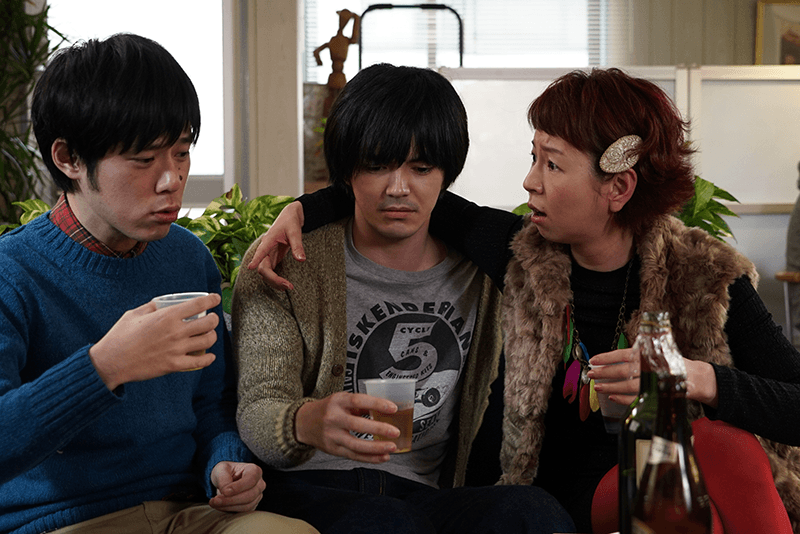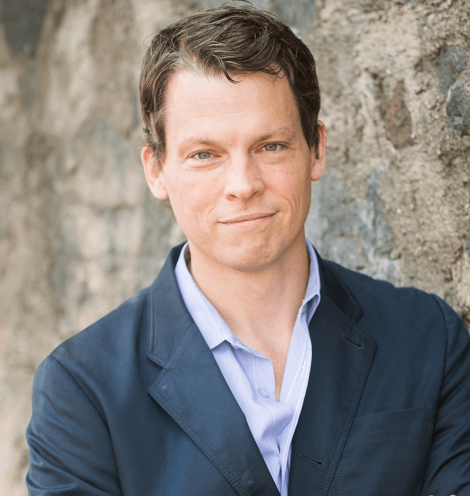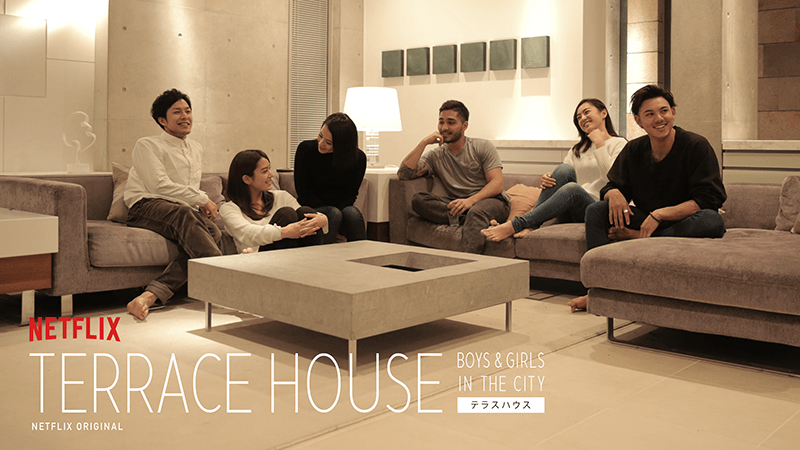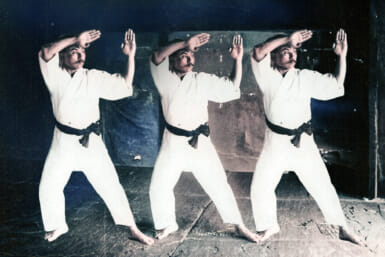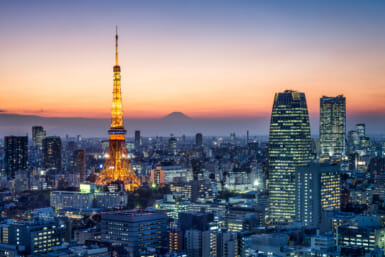A scene from Netflix Japan’s hit series, “Hibana” [Image Copyright ©2016YD Creation]
It is now just one year since Netflix arrived in this country. The world’s leading internet television network has been a success wherever it has gone, yet from the outset it was clear Japan would be a more difficult market. So why was the company so keen to launch here, how have the first 12 months been, and what lies ahead in the future? We recently sat down with president Greg Peters at the company’s plush office in the Minato District of Tokyo to find out.
Firstly what was the appeal of Japan as your maiden market in Asia?
Japan was, and still is, seen as a very exciting destination for us, not just in terms of its potential as a market, but also from a content perspective. Having read various novels and manga I could see there was a great deal of creativity here and an amazing number of stories being told in different forms, yet when it came to video storytelling something was missing. The talent was there; however, it wasn’t being fully utilized. Independent content creators here have so much to offer and we want to help unlock doors for them by increasing the production quality of what they make while also connecting them with a global audience through our recommendation system.
What exactly are your objectives here?
Our general goal is to break down national boundaries and become the first internet-based TV network to distribute dramas all over the world. What we are doing in Japan is consistent with this model. We’d like to bring consumers the best TV entertainment – especially 4K and HDR – in a windowing model so they can put themselves in front of the TV and watch the thing in the world they most want to see without having to wait for it. Also when we work with Japanese content creators we are doing so with global distribution in mind. We don’t evaluate the Japanese market in the same way that other companies coming in to this country do. We are not thinking in terms of return on investment (ROI) or our path to profitability. Our job is to connect Japanese consumers to this whole new amazing experience and Japanese content creators to this global consumer base. We want to knit all of that together in a way that creates value for everyone.
What difficulties have you encountered here?
Of course there are specific challenges in the Japanese market. Awareness of things like SVOD [subscription video on demand] and device connectivity is generally lower than in other countries where we’ve launched. Also the desire for Hollywood content isn’t as high and there is still a healthy DVD rental market. These are just things you have to work through by educating consumers and giving them a compelling reason to join, watch and then tell their friends about. I think the realization that this kind of media is the way forward is growing. When you want to watch something at home and you just need to click a button to get it, that’s pretty useful. Of course there’s a lot of competition, but we’ve been happy with the results so far.
So your strategy in Japan has been the same as everywhere else?
Fundamentally, yes it has; though, in terms of original Japanese content we’ve been more aggressive here than in other markets. We launched with two shows [a new season of the reality TV series “Terrace House,” and the drama “Underwear,” which tells the story of a young girl trying to find her place at a lingerie shop in Ginza] and have been ratcheting up the quality since then. Around 40 percent of our library is local content, which is more than double that of many of our other territories. We felt it was important to take this approach here because as I said, the demand for Hollywood content isn’t so strong. Viewers want to see domestic shows and it is our job to satisfy those needs.
How well have the Japanese programs been received by overseas audiences?
Well “Hibana” [a TV adaption of Naoki Matayoshi‘s Akutagawa Prize–winning novel of the same name] has been our biggest project to date and we’ve just been blown away by the results. The professional reviews have been incredible and there’s been a lot of engagement from people in Japan, but what has really got me excited is that around half of the program’s viewers are from outside of this country. Not just Asia, but also Brazil, Europe and America. Thanks to our recommendation system you’ll get people in, say, Germany – who love art films but would never normally watch anything Japanese – clicking on it and then finding they can relate to it. Other shows like “Good Morning Call” and “Terrace House” have also been really well received.
What are the big differences between Netflix and sites like Hulu and Amazon Prime?
The biggest differentiation is content. We offer more exclusive shows from a licensing or production perspective. That’s the main thing that consumers look at and why they’ll join us instead of, say, Hulu. There’s also what I would call discovered differentiation. Things like technical capability. We are the world innovator in terms of video format – 4K, HDR, and the like. We have the best library and then there’s the service experience. We know what you want to play and our programs never re-buffer because we have a whole team of people working on that potential problem day and night. In America our bandwidth usage is more than 35 percent of internet traffic during peak hours, so we’ve created our own content delivery network (CDN) that is entirely optimized towards delivery problems. We promise fast, uninterrupted, high-quality viewing in all the languages you want. It’s very different from other experiences you’ll have. In truth we are not really worried about competition. It’s more about trying to get consumers on board who haven’t been exposed to or heard about this kind of model before.
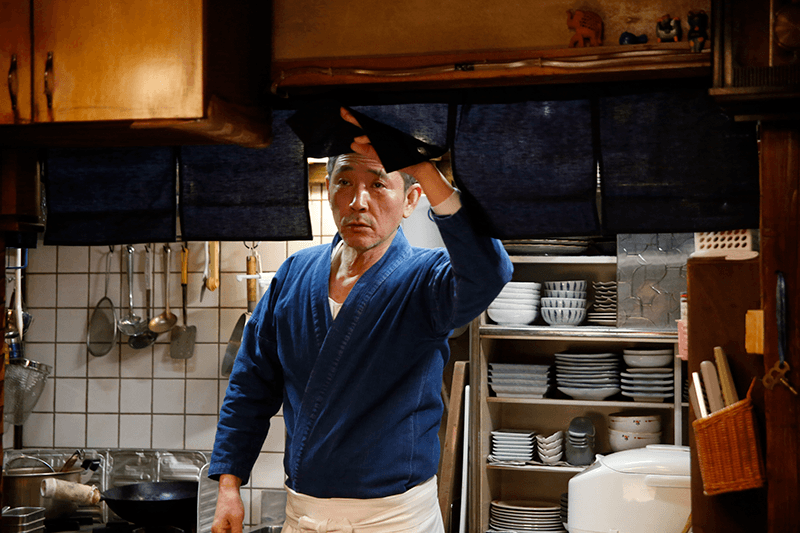
A scene from “Shinya Shokudo (Midnight Diner)” © Yaro Abe, Shogakukan/Drama Shinyashokudo Production Committee
Finally are there any new or upcoming shows we should know about, either Japanese or Western?
“Shinya Shokudo” is the next Japanese original program, coming out in October. It’s an authentic story about a diner in the depths of Shinjuku that is open all night long with an interesting cast of characters. Regarding western shows we are really excited about “The Get Down” by Baz Luhrmann (“The Great Gatsby,” “Moulin Rouge!”) which has just been launched on the site. It’s a musical show set in the 70s with some amazing hip-hop and disco tunes from New York. Another one I’m personally looking forward to is “The Crown.” It’s a rich story about the reign of Queen Elizabeth II told in a stunning way. Written by Peter Morgan CBE (“The Queen,” “Frost/Nixon,” “The Damned United”) and directed by Stephen Daldry CBE (“Billy Elliot,” “The Reader”), it is the most expensive TV show ever made in England.
You can visit Netflix Japan at www.netflix.com/jp/

